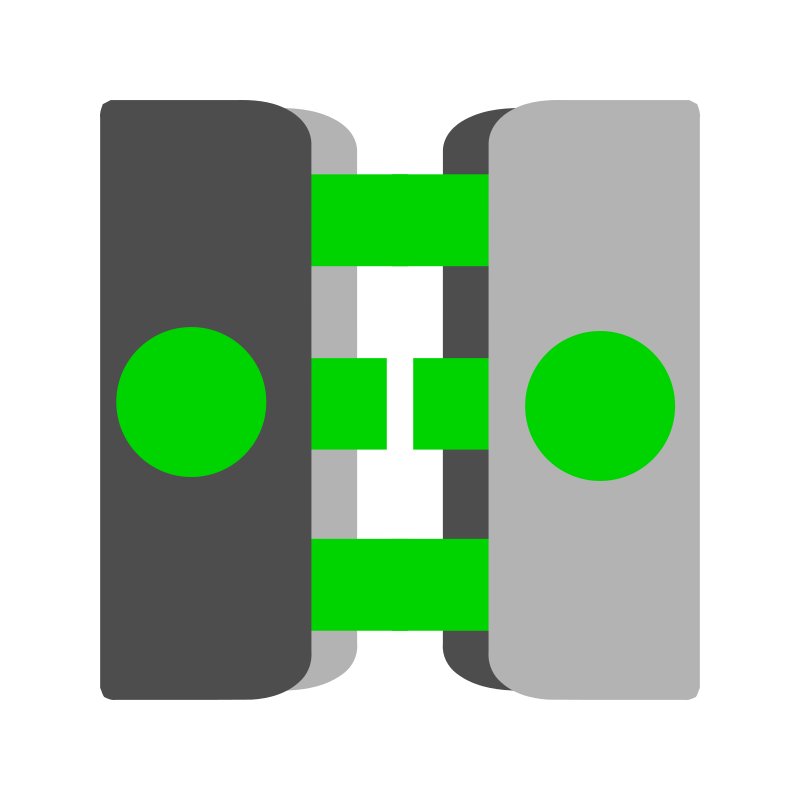Motion in a Straight Line
Understanding the fundamental concepts of motion in one dimension, including displacement, velocity, acceleration, and equations of motion.
Motion is a fundamental concept in physics that describes the change in position of an object with respect to time. When an object moves along a straight path, we call it motion in a straight line or one-dimensional motion.
Key Terms
- Displacement: The change in position of an object. It is a vector quantity with both magnitude and direction.
- Distance: The total path length traveled by an object. It is a scalar quantity.
- Speed: The rate of change of distance with respect to time. It is a scalar quantity.
- Velocity: The rate of change of displacement with respect to time. It is a vector quantity.
Velocity tells us how fast an object is moving and in which direction, while acceleration tells us how the velocity is changing with time.
Average Velocity
Where x_f is final position, x_i is initial position, t_f is final time, and t_i is initial time.
Instantaneous Velocity
The derivative of position with respect to time gives instantaneous velocity.
Average Acceleration
The rate of change of velocity with respect to time.
For motion with constant acceleration, we have three fundamental equations that relate displacement, velocity, acceleration, and time.
Kinematic Equations (Constant Acceleration)
First Equation
Final velocity = Initial velocity + (acceleration × time)
Second Equation
Displacement = (initial velocity × time) + (1/2 × acceleration × time²)
Third Equation
Final velocity² = Initial velocity² + (2 × acceleration × displacement)
Graphs provide a powerful visual tool to understand motion. Different types of motion produce characteristic graph patterns.
Position-Time Graph
- Slope of position-time graph gives velocity
- Straight line indicates constant velocity
- Curved line indicates changing velocity (acceleration)
Position vs Time - Constant Velocity
A car moving at constant velocity of 20 m/s
Position vs Time - Constant Acceleration
Object starting from rest with acceleration 2 m/s²
Velocity-Time Graph
- Slope of velocity-time graph gives acceleration
- Area under velocity-time graph gives displacement
- Horizontal line indicates constant velocity
Velocity vs Time - Constant Acceleration
Same object as above: \( v = u + at = 0 + 2t \)
Free Fall Motion - Position vs Time
Object dropped from 100m height (\( g = 9.8 \mathrm{m/s^2} \))
Example: Free Fall Motion
Problem: When an object is dropped from a height, it undergoes free fall with constant acceleration due to gravity (g = 9.8 m/s²).
Solution:
- Initial velocity \( u = 0 \) (object starts from rest)
- Acceleration \( a = g = 9.8 \mathrm{m/s^2} \) (downward)
- Use kinematic equations to find velocity, time, or height
Example: Car Acceleration
Problem: A car starting from rest accelerates at 2 m/s² for 10 seconds. Find the final velocity and distance traveled.
Solution:
- Given: \( u = 0 \), \( a = 2 \mathrm{m/s^2} \), \( t = 10 \mathrm{s} \)
- Final velocity: \( v = u + at = 0 + 2 \times 10 = 20 \mathrm{m/s} \)
- Distance: \( s = ut + \frac{1}{2}at^2 = 0 + \frac{1}{2} \times 2 \times 10^2 = 100 \mathrm{m} \)
